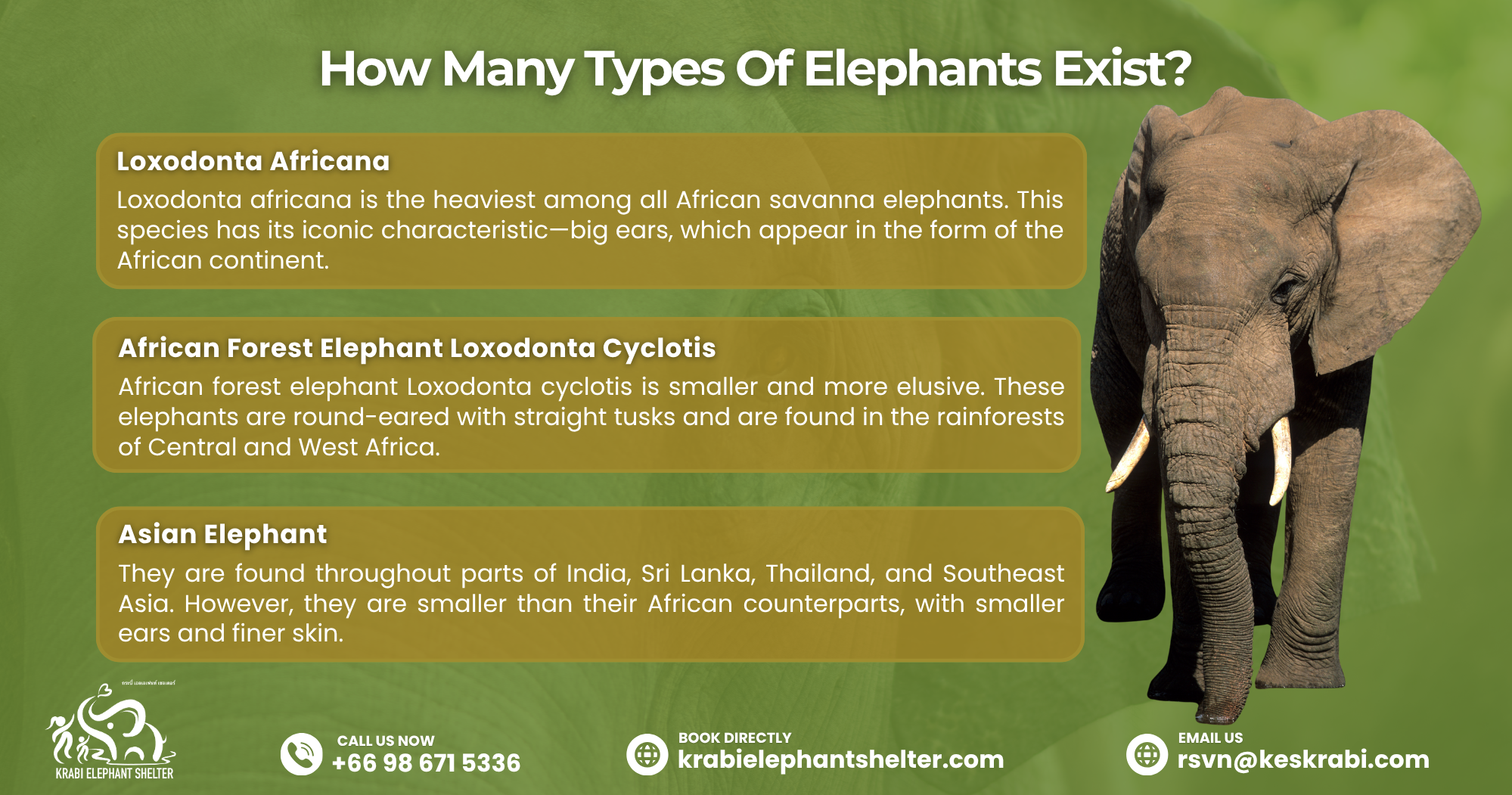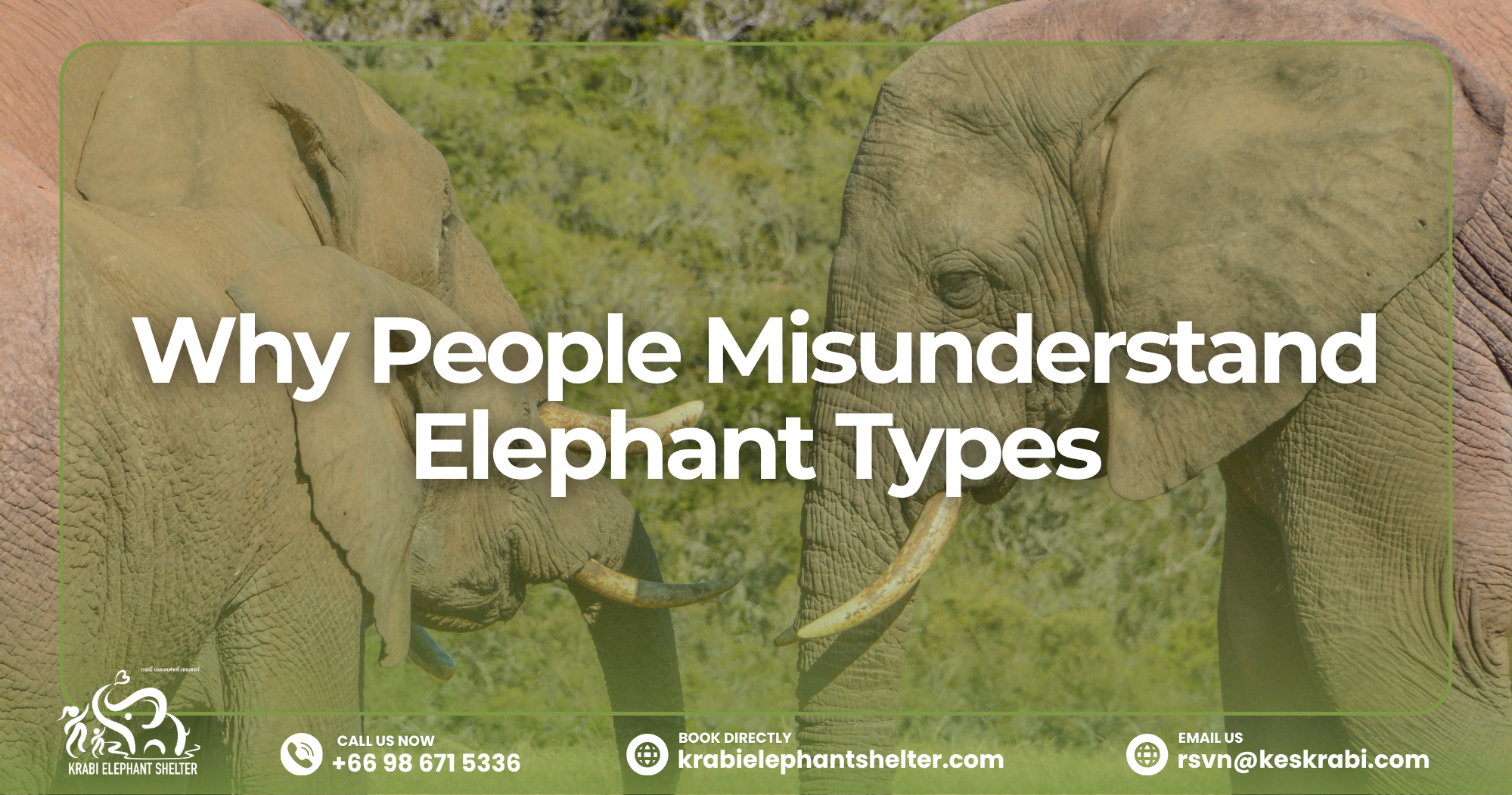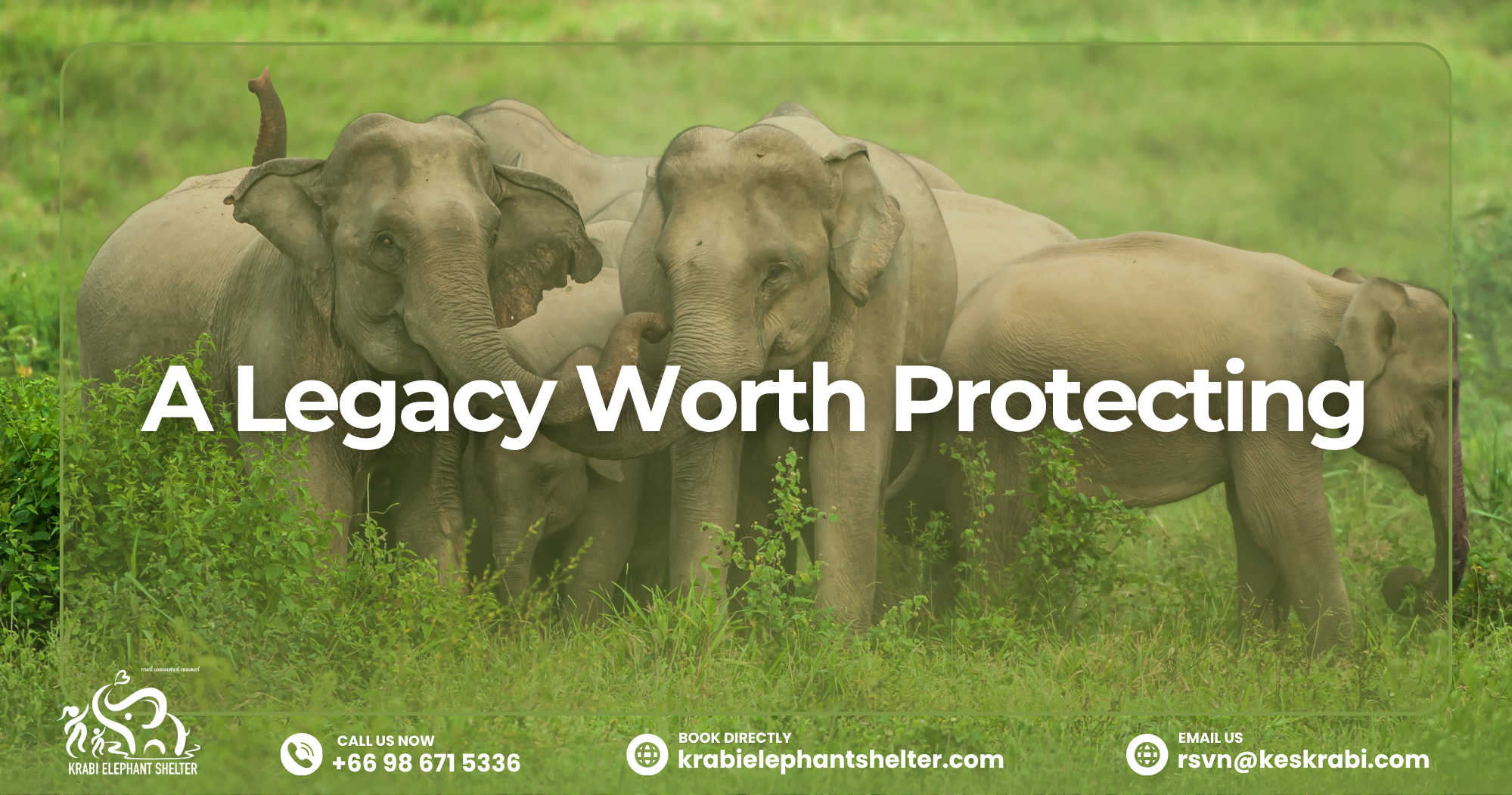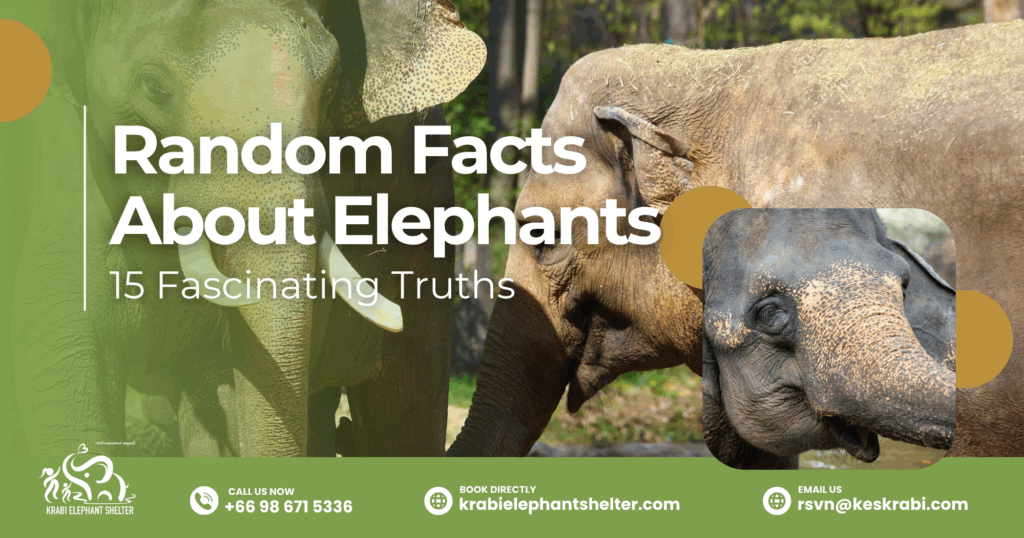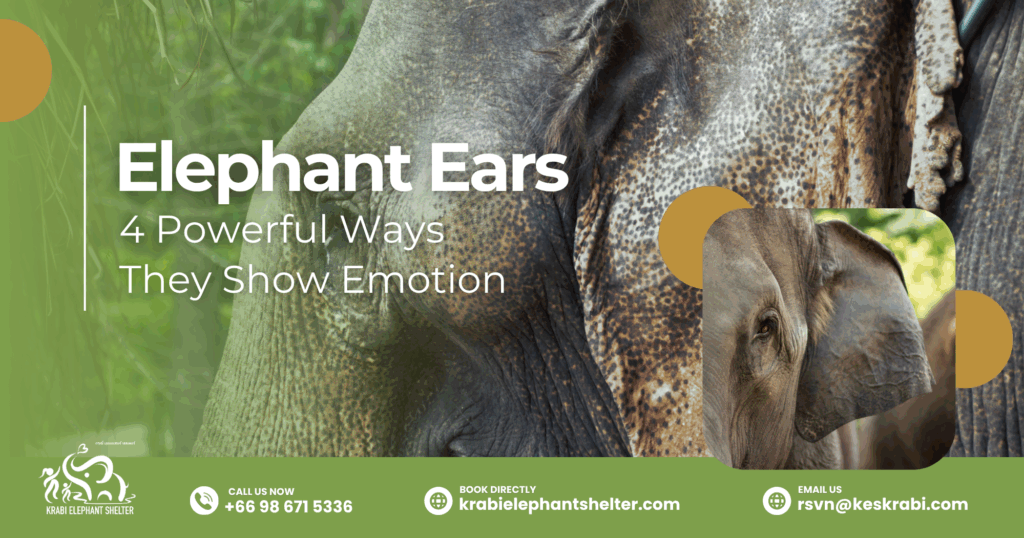A majority of the population would associate the types of elephants with one huge, gray, wise, majestic, and powerful animal. And yet, did you not know that not every elephant is really an elephant? As a matter of fact, there exist various species of elephants. Each has its own peculiarities, habitats, and ways of behavior. These characteristics make them distinct and specific. However, having their individuality, they are still misinterpreted by several people; they tend to confuse all elephants into a single image.
The various kinds of elephants are not only understood in such a way that this further enhances our love towards these gentle giants, but we also find it easier to protect them. We shall look at the actual variety of the elephants, their intriguing variations, and which species of them may be seen in Thailand.
How Many Types Of Elephants Exist?
Elephants that can be found today are of three major species: the African savanna elephant, the African forest elephant, and the Asian elephant. Every species has been modified to fit into its setup—from the grasslands of Africa to the thick jungles of Asia. Although they all have a common ancestor, they differ in terms of physical appearance, behavior, and societal organization.
Loxodonta Africana
Loxodonta africana is the heaviest among all African savanna elephants. They move through the expansive continent of Africa. This species has its iconic characteristic—big ears, which appear in the form of the African continent. They are so large that they may be as high as 4 meters, and the male may weigh more than 6 tons, not to mention that they are the heaviest terrestrial animals on Earth.
African Forest Elephant Loxodonta Cyclotis
African forest elephant Loxodonta cyclotis is smaller and more elusive. These elephants are round-eared with straight tusks and are found in the rainforests of Central and West Africa. Scientists have long been of the view that they shared the same species with their savanna counterparts. Genetic research has revealed this to be the case. Their more secretive nature usually keeps them out of sight, hence the reason why most people are not well known with them.
Asian Elephant
The third and the most culturally observed one is the Asian one, Elephas maximus. They are found throughout parts of India, Sri Lanka, Thailand, and Southeast Asia. However, they are smaller than their African counterparts, with smaller ears and finer skin. Their distinguishing feature is their strong connection with people. They are regarded as a national treasure in Thailand, which implies power, loyalty, and wisdom.
Which Breed Of Elephant Is The Largest?
When someone asks which elephant breed is the largest, the response is obvious—the African savanna elephant is the largest. Its enormity in height and size of tusks makes it the king of the grasslands and one that people tend to envision when they think of elephants in nature.
Yet, to be the biggest does not equate to being the greatest in spirit. The Asian elephant, if anything smaller, is also intelligent and empathetic. They develop lifelong family ties, use low rumbles to communicate, and even exhibit symptoms of grief whenever a member of their group dies. It’s a lesson that size does not equal greatness—it’s compassion and relationships that do.
What Kind Of Elephants Are In Thailand?
Thailand is also the home of the beautiful Asian elephant, which is one of the most popular and admired animals in the land. The elephants are part of Thai culture. For centuries, elephants have been crucial in Thai life, both as a royal emblem and as a tool of labor in the Thai logging and transportation sectors. Thailand has today turned to the elephants as a friend and conservation ambassador, as opposed to being a laborer.
One can see these gentle creatures in the natural environment at sanctuaries around the country, such as the Krabi Elephant Shelter, which is an ethical place. In this place, the elephants can move about, take a bath, and live without chains, something many of them never went through in the olden days.
Alas, wild Asian elephants in Thailand have dwindled because of the destruction of their habitat as well as human conflict. However, with awareness and responsible tourism, more people are also becoming aware that each time they come across an elephant. Each time they come across an elephant, it must be a moment of respect. It should never be a moment of control or exploitation.
Why People Misunderstand Elephant Types
The mix-up among elephant species usually arises from how alike they look at first glance. To most, an elephant is an elephant—huge, gray, and wrinkled. However, when you look closer, you’ll see differences that speak volumes.
| Elephant Type | Physical Traits | Habitat | Social Behavior | Subspecies |
| African Elephant | Large ears, twisted tusks | Open country with heat and wind | Evolved for survival in harsh climates | None listed |
| Asian Elephant | Less prominent ears, more delicate features | Forest environments | Designed for communal cooperation |
Recognizing these differences enables individuals to view elephants not as mere exotic animals. They are individuals with a personality, a past, and feelings that should be acknowledged. Each wrinkle, each rumble, and each step is a tale of survival and adjustment.
The Power Of Knowing Their Differences
Through the knowledge of the various types of elephants, we step out of the stereotype and closer to compassion. The wisdom contains compassion, and compassion leads to defense. Once we actually get to know elephants not only as representations of power but as living creatures with feelings, families, and recollections, our perspective changes. It becomes possible to realize that they also should be preserved. Admiration is changed to action through awareness.
All the information we learn about their activity, place of living, and hardships is a step towards helping them survive. When we learn about elephants, we also learn about empathy—the pity that drives us to protect the big things in our world.
Having realized that the elephants in Thailand are not African but Asian, you begin to understand their uniqueness. You see why they have different needs and why they must be handled differently in terms of conservation. It also becomes clear how we have to conserve them in their natural habitats.
The better we know about these grand creatures, the better we understand that they are not only the species defined by the specific species but also the position that they occupy in the ecosystem and in the hearts of those people who are so concerned about them.
A Legacy Worth Protecting
Every type of elephant, whether it roams the open African savannas or the dense Thai jungles, carries a story worth telling. They remind us of strength, gentleness, and balance in one beast.
To truly understand elephants is to see past their mass and into their souls. They are not just a component of nature; they are its guardians. And by learning about the different kinds of elephants, we begin to pay them the respect and give them the space they deserve.
So whenever you lay eyes on an elephant—in a photo, a sanctuary, or the wild—remember that behind those black eyes is an old wisdom that connects us all. Coming to understand them isn’t an act of information; it’s an act of love.
Make your reservation for the Krabi Elephant Shelter right away!
When you go to Krabi Elephant Shelter, the money you pay to get in goes directly to taking care of the elephants, including their food, medical care, and keeping their home clean. You can make your trip worthwhile by helping to protect animals in the long term while also having a once-in-a-lifetime experience with Thailand’s most famous giants.
Call us at (+66) 98 671 5336 or email us at [email protected]
You can book directly at krabielephantshelter.com

